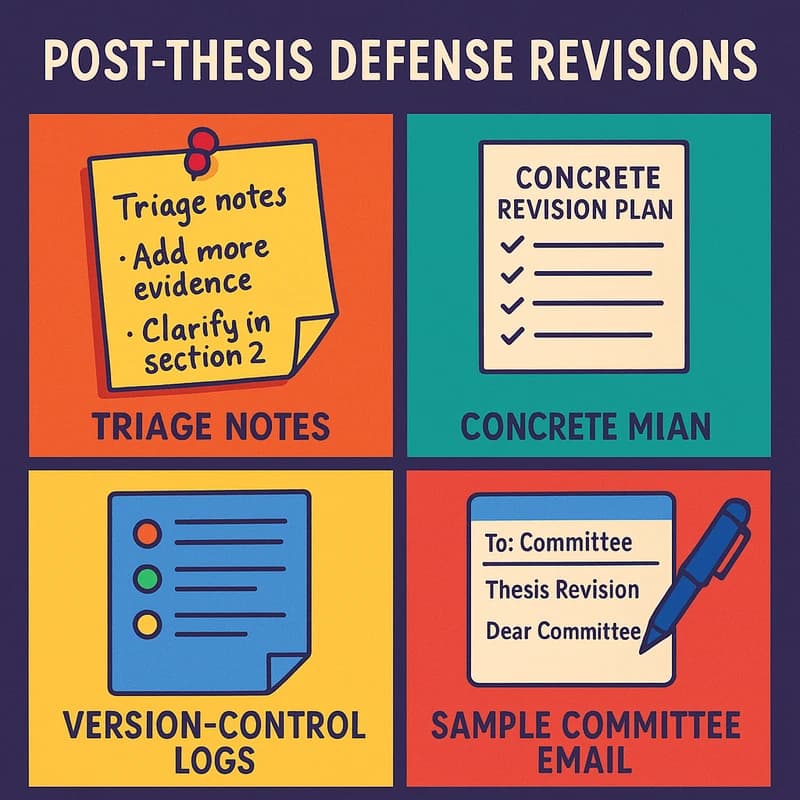AI tools can enhance public speaking by offering real-time feedback on delivery, structure, and accessibility—without replacing your voice. This guide explains how to use AI as a rehearsal partner while preserving authenticity, and outlines practical steps to get started.
How AI Tools Are Reshaping Public Speaking
I grew up straddling two worlds—East and West, canvas and stage, quiet rooms and bright lights. My poetry learned to hover between minimalism and emotion; my public voice learned to land where it matters most: in the room with real people. Today, AI tools sit beside us like a new co-artist, not to replace the heartbeat of a speech but to help it breathe more clearly, more confidently. If you’re stepping on a stage, or even recording a video for an audience you’ll never meet in person, AI can be a powerful ally. Here’s what that means for public speaking—and how you can use it without losing your own voice.
What AI Tools Do for Public Speaking
Public speaking is a performance of clarity as much as content. AI tools are increasingly able to support both by offering practical, real-time feedback and behind-the-scenes assistance. Think of AI as a patient, data-loving rehearsal partner who notices patterns you might miss in the moment.
- Real-time delivery feedback: Many AI coaching apps analyze your pace, volume, pitch, and cadence as you speak. They flag rushing sections, overly soft moments, or abrupt tone shifts, then suggest adjustments. It’s like having a metronome for your voice with a smart trainer riding shotgun.
- Pronunciation and enunciation help: If you’re presenting in a non-native language or switching between languages, AI can highlight pronunciation slips and propose corrections, helping you sound confident rather than self-conscious.
- Filler-word and hesitation awareness: AI can track filler words (uh, um, you know) and propose pacing tweaks to create cleaner, more intentional delivery. It doesn’t shame you; it shows you the hidden rhythm gaps.
- Nonverbal cues and pacing: Some tools offer guidance on pauses, gesturing, and even facial expression consistency with your message. They don’t dictate your personality; they help you align your body language with your words.
- Structure and content support: AI can assist in outlining, tightening transitions, and sharpening your core message. It can suggest compelling openings, climactic moments, and call-to-action phrases that fit your audience.
- Audience simulation and feedback: Advanced tools simulate questions, audience reactions, or different audience profiles. Practicing against a virtual crowd helps you brace for real Q&A and adapt on the fly.
- Transcripts, captions, and accessibility: AI-generated transcripts make your content accessible and reusable. Captions improve comprehension and retention for diverse audiences.
How to Use AI Without Losing Your Voice
The power of AI is in amplification, not replacement. When you lean on AI too hard, you risk sounding generic or robotic. Use these practices to keep your voice distinct and human.
- Start with your core message. Know your truth first; let AI handle the polish. Draft your outline and key phrases, then bring in AI for refinement and practice.
- Treat AI as a rehearsal partner, not an editor-in-chief. Accept feedback, but decide what stays and what goes. Your unique cadence, humor, and cultural texture should lead.
- Use AI for one dimension at a time. First, perfect structure and clarity. Then, work on delivery details like pacing or emphasis. Finally, review accessibility and accuracy.
- Practice storytelling alongside data. AI can organize statistics or bullet points, but your ability to tell a story—a spark of personal experience, a memorable image—must stay yours.
- Protect your authenticity. If a tool suggests a line that feels inauthentic, rephrase in a way that preserves your voice. The audience isn’t listening for a flawless algorithm; they’re listening for a real person.
Real-World Value: Who Gains and How
AI tools aren’t just for overachievers or tech enthusiasts. They’re for anyone who wants to feel more prepared, more present, and more persuasive.
- Students and early-career speakers: Build confidence before big presentations, class pitches, or interview talks. AI helps you rehearse with less anxiety and more focus on your message.
- Professionals and leaders: Prepare crisp quarterly updates, client pitches, or company-wide talks. AI helps you deliver complex information with clarity while maintaining your personal style.
- Creatives and educators: Fine-tune performances, lectures, and workshops. AI can help you balance poetic nuance with practical takeaway, so your audience leaves inspired and informed.
A Quick Story: If I Had AI During My First Public Readings
Long ago, I stood before a room of strangers, hands trembling, a single sheet of scribbles in my palm. The words were meant to bridge two cultures, but my delivery jittered—steady as a broken bridge, not the quiet, confident structure I imagined. If AI tools existed then, I would have used them as a mirror and a map. A mirror to show me where my breath went shallow, where my tone flattened into a pause-less monotone. A map to guide my transitions from memory to memory, image to image, without losing the thread. Today’s tools can do that in real time: the feedback lights up on your screen, the cues whisper in your ear, and your feet find their rhythm through the room. They don’t steal your voice; they steady it so your message lands with more resonance.
Important Considerations and Ethical Boundaries
As with any powerful tool, there are ethical and practical guardrails. AI should serve your message, not hijack it.
- Preserve audience trust: Over-reliance can erode spontaneity. Use AI to rehearse your best instincts, not to substitute them with a perfectly-polished but impersonal delivery.
- Privacy and data security: If you’re using cloud-based tools, understand how your recordings and feedback data are stored and used. Opt for transparent, reputable platforms and review their privacy policies.
- Content ownership: Ensure you retain ownership of your message even when AI suggests edits. Your core idea—your cultural perspective and story—remains yours.
- Bias and accessibility: AI can reflect biases in data or design. Pair AI feedback with diverse human feedback, especially from people who share your audience’s backgrounds or experiences. Also ensure that AI-generated captions and translations remain accurate and accessible.
Practical Steps to Get Started
If you’re curious about dipping your toes into AI-assisted public speaking, here’s a simple, practical path.
- Step 1: Define your goal. Are you practicing delivery, refining structure, or preparing for a Q&A? A clear goal helps you pick the right tools.
- Step 2: Choose one or two tools that fit your purpose. For delivery feedback, a voice-analysis app might be best. For content planning, an outline assistant could be your friend.
- Step 3: Rehearse with AI, but record yourself speaking without tools too. Compare your AI-driven feedback with your own impressions in the moment.
- Step 4: Practice in the real space you’ll use. If possible, test in a room with similar acoustics and lighting. AI can simulate audience questions, but real room dynamics still matter.
- Step 5: Integrate human feedback. Pair AI insights with input from mentors, peers, or audience representatives who share your background and goals. The fusion of machine precision and human nuance is where magic happens.
Tips for Different Formats
- Live speeches: Use AI to hammer down your opening and closing lines; practice pacing so your key moments land exactly when you want them to.
- Virtual presentations: Let AI optimize your on-screen tempo and slide transitions; ensure your eye contact feels natural by balancing screen presence with glances at imaginary audience members.
- Lectures and classrooms: Use AI to scaffold your lecture flow, then intersperse human anecdotes and cultural context to keep engagement high.
- Performative or poetic talks: Lean on AI for rhythm and cadence analysis, but let your imagery and breath work shape the performance. Your art form thrives on human flair; AI should amplify it, not flatten it.
Key Takeaways: Your Voice, Enhanced by Technology
- AI tools can boost confidence by offering immediate, actionable feedback on delivery, structure, and accessibility.
- They’re most effective when used as a complement to your craft, not a substitute for your voice, values, and storytelling instincts.
- Ethical use matters: protect privacy, maintain ownership of your message, and stay true to your audience’s needs.
- Start small: pick a clear goal, choose one or two tools, and integrate human feedback to keep your voice personal and authentic.
The Bottom Line
Public speaking isn’t dead in the age of AI—it’s evolving. AI tools are not a replacement for your Earth-to-Ear connection with an audience; they’re a set of lenses to see your speech more clearly and a steady hand to help you guide your message with intention. For someone like me—a bridge between cultures, a listener who learns from every room—AI presents a chance to sharpen the artistry of spoken word while staying rooted in the human touch that makes a speech memorable.
So, are you ready to invite AI into your next practice session? Start with one goal, pick a tool that matches it, and bring your most authentic self to the stage. Your voice already carries a world of meaning. Let technology help you illuminate it so your audience doesn’t just hear you—they feel you.



